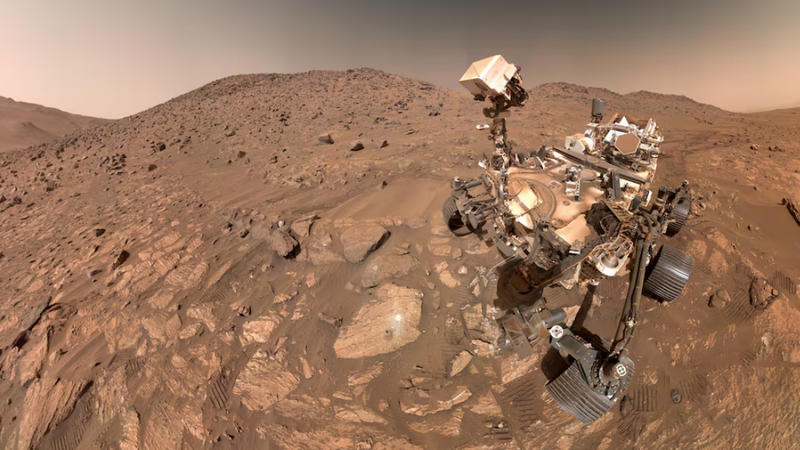🚀 Big news from beyond Earth! NASA's Perseverance rover has uncovered a sample that could rewrite Mars history: potential traces of ancient microbes hidden in 3.5-billion-year-old rock. 🧩👽
The rock, nicknamed the Sapphire Canyon sample, comes from a site called the Bright Angel formation in Jezero Crater—once a lakebed carved by water. The rover scooped up fine-grained mudstones and gravelly conglomerates from the edges of an old river valley, Neretva Vallis.
Scientists spotted two minerals—vivianite (an iron phosphate) and greigite (an iron sulfide)—that might have formed from organic matter reacting with mud. These are possible biosignatures, like tiny cosmic fingerprints of life.
But hold on—there’s a twist. Dr. Hurowitz of Stony Brook University (lead author of the Nature study) cautions that abiotic chemistry could also explain these minerals. So, the rover's data offers a strong clue, but not a smoking gun…yet.
Why it matters: Mars wasn’t always the cold desert we know today. Billions of years ago, rivers poured into Jezero Crater, filling it with water and creating an environment where microbes could thrive. Finding even a hint of their remains is a major win in our quest to answer the age-old question: Are we alone?
What’s next? NASA hopes to send these samples back to Earth for lab tests that could confirm if biology or geology wrote these chemical signatures. It’s like saving the best evidence for the final chapter of this interplanetary mystery! 🧑🔬🔬
Stay tuned, space squad—Perseverance’s next moves might just bring us closer to the most epic discovery of our time. 🌌✨
Reference(s):
NASA rover finds potential sign of ancient life in Martian rocks
cgtn.com



